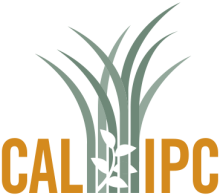Climate Matching Map
| Attachment | Size |
|---|---|
| climatematch-arum_italicum-california-20251031.pdf (1.14 MB) | 1.14 MB |
1. Question 1
2. Question 2
3. Question 3
4. Question 4
5. Question 5
6. Question 6
7. Question 7
8. Question 8
9. Question 9
10. Question 10
11. Question 11
12. Question 12
13. Question 13
14. Question 14
15. Question 15
16. Question 16
17. Question 17
18. Question 18
19. Question 19
20. Question 20
Evaluation Notes
Websites accessed:
https://www.calflora.org/app/taxon?crn=730
Calflora: Information on California plants for education, research and conservation, with data contributed by public and private institutions and individuals, including the Consortium of California Herbaria. [web application]. 2022. Berkeley, California: The Calflora Database [a non-profit organization]. Available: https://www.calflora.org/ Accessed: 04/01/2021.
https://www.gbif.org/species/5330661
GBIF Secretariat (2021). GBIF Backbone Taxonomy:Arum italicum Mill. Checklist dataset https://doi.org/10.15468/39omei . Accessed via GBIF.org on 04/01/2021.
Added updated climate match link and map + corrected some reference script 11/1/2025. (J. Burger)






